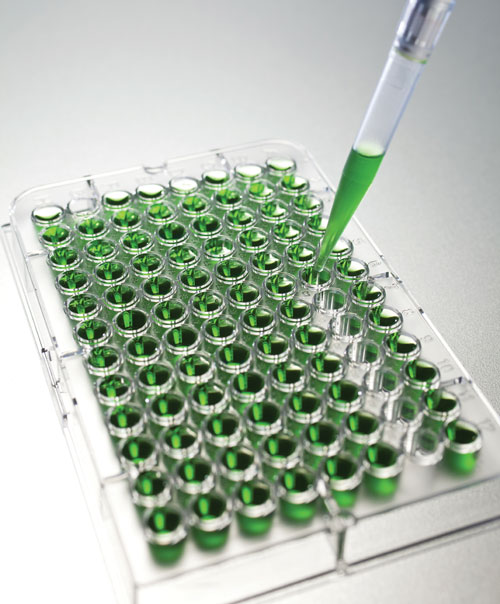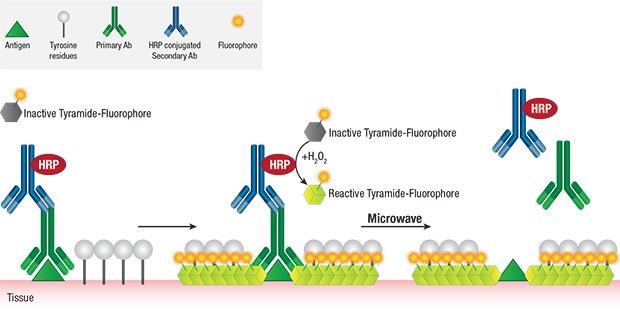When it comes to detecting and quantifying the concentration of an antigen in an unknown sample, most researchers depend on ELISA (Enzyme-Linked Immunosorbent Assay). This is completely understandable since this plate-based assay technique has a completely robust nature, exhibits exceptional sensitivity and is quick and easy to perform.
Diagnostic field has been a progressing area with multiple tools identified for specific proteins detection and their quantification. Diagnosis in pathology or clinical set up has multiple numbers of challenges owing to time constraint, increasing numerosity and complexity of the detection methods, less amount of sample and so on, which is essentially important for disease identification, refining of pathological interventions and development of an appropriate prognosis. Pathological detection is most commonly performed by utilizing antibody-antigen interactions (by deposition of a visible product or fluorochrome based detection). The standard approach is to perform one or two protein detection at a time on the serial sections, which is cumbersome if the sample availability is low and the proteins to be detected are high in number. More often fluorescent reporters are used for both detection and quantitation methods such as image cytometry, flow cytometry, confocal microscopy, etc. using live tissue or slightly fixed tissue, while the conventional immunohistochemistry involves heavily fixed tissue sections. Recently, in the wake of developing user-friendly and multiple assays on formalin fixed, paraffin embedded (FFPE) specimens are being developed and gaining ground, known as Multiplexing or multiplex immunohistochemistry (mIHC), which allows use of more than three different stains performed on one sample/ slide.
Topics: Assay Development (ELISA)
The Sandwich ELISA: Process and Practical Applications
The Sandwich Enzyme-Linked Immunosorbent Assay (ELISA) is one of the most efficient laboratory procedures used in detecting the presence and measuring the concentration of a target antigen in a completely unknown sample. Its superior sensitivity and extremely robust nature makes it a great diagnostic tool for medical purposes and is especially useful in identifying potential food allergens and/or testing for certain drugs.
Topics: Assay Development (ELISA)
A blocking buffer is a solution of irrelevant protein, mixture of proteins, or other compound that passively adsorbs to all remaining binding surfaces of the plate. The blocking buffer is effective if it improves the sensitivity of an assay by reducing background interference and improving the signal-to-noise ratio. The ideal blocking buffer will bind to all potential sites of nonspecific interaction, eliminating background altogether, without altering or obscuring the epitope for antibody binding.
Topics: Assay Development (ELISA)






